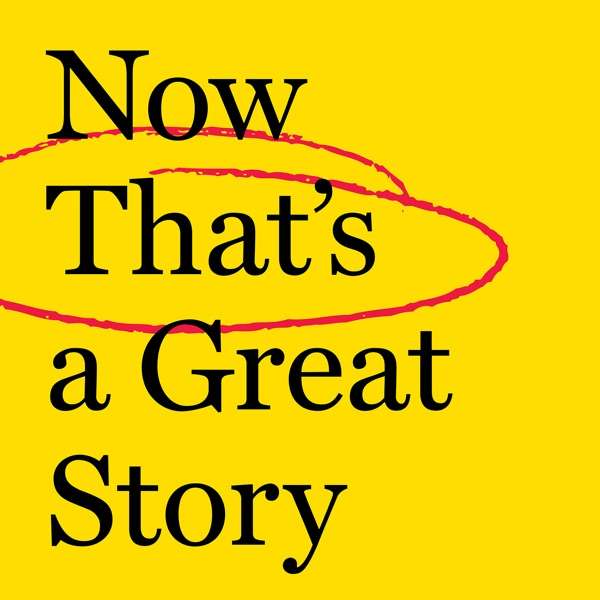Since 2009, Eat Your Words has covered what’s new and happening in the world of food through its literature. A radio dispatch from Cathy Erway, founder of the blog Not Eating Out In New York, Cathy was joined by authors of books that you would want to eat up! From colorful cookbooks, to food memoirs, to exposés on the food industry, every conversation is full of meaty topics for discussion.
Now, in 2023, Eat Your Words is proud to present its first limited-run series. We’ve partnered with John deBary, author of “Drink What You Want,” to create a companion podcast that dives deep into the production of his newest cocktail book. “Saved by the Bellini” is all about 90’s nostalgia. “Saved by the Bellini” includes over 65 recipes that celebrate the decade’s greatest pop culture moments, from cassette tape tunes and video game consoles to after-school snacks and OMG-it’s-back-again fashion. In this 7-episode series, John interviews the editors, illustrators, and cocktail innovators who helped to make this book a reality.

 Our TOPPODCAST Picks
Our TOPPODCAST Picks  Stay Connected
Stay Connected







